
Reflections for land trusts, July 2020
I hope this newsletter finds you healthy and with some time to connect with those in your neighborhood. I’ve been spending time with my 88-year-old neighbor talking about plants, weather, the need for greater social justice, and climate change.
She was a Republican for most of her life. As a former nurse, she cares deeply about people, her community, and her church. That’s not to say that with all of the stress and anxiety of Covid-19 we have forgotten about climate change.
No, we both express dismay about the accelerating pace of climate change. We see it in the summer droughts punctuated by torrential downpours. We see it with the different bird migration patterns at our feeders. And, we see it with the crazy cold snaps followed by rapid warming. Yes, “upstate New York” is finding that our trees are stressed by invasive bugs, lack of snow cover during cold snaps, and high temperatures with summer drought.
Indeed, I love trees. I always have. It was one of the criteria I had for selecting a college (much to my parent’s amusement). Seeing the trees under stress is a challenge for me.
That’s why I’m heartened to see land trusts starting to connect the dots around climate change. The timing is critical—and people are looking for answers.
According to the Yale Program on Climate Communications’ recent report, a record-tying 73% of Americans think global warming is happening. Only one in ten Americans (10%) think global warming is not happening. Americans who think global warming is happening outnumber those who think it isn’t by a ratio of about 7 to 1.
We need to help folks envision the solutions. The good news is that natural climate solutions could play a big role (up to 21% in the U.S.). Yet, we, as land conservationists and people who care about farms, woodlands, water, and wildlife, will also have to encourage energy conservation and renewables to meet the pace, and scale, of the other 79% of actions. And land trusts are starting to do that, too—I’ll share more examples of that in the next Land Trusts Taking Action issue. In the meantime, see if there is inspiration for you and your land trust in the examples below.
Best,


Reflections for land trusts, June 2018
This summer is starting off with some really crazy weather—something we know climate change is and will continue to exacerbate. That’s heartbreaking for those in harms way, including community members and the countless animals that can’t out-run these storms and fires.
The good news is that there are land trusts who are realizing that slowing down climate change is critical to conserving the lands and waters they have pledged to protect.
I often use the analogy that worrying about eradicating invasive species, without a strong emphasis on slowing climate change down, is a bit like worrying about a rotten sill in your house when it’s on fire. We need to get the fire under control before it demolishes the entire house (in this case, habitat and species diversity, agriculture, and our communities). Both are important, but the window is closing on slowing climate change down enough to avoid species disasters (and agricultural failures).
Today I’m featuring a small land trust in rural New York who has created a climate section on their website. They are learning as they go, and they’ve realized that while their path is evolving, helping people connect the dots is something they can, and should, do.
If you know of a land trust working to slow down climate change please shoot me an email. I’d love to feature them. Thanks for caring. We need all hands on deck.
Best,

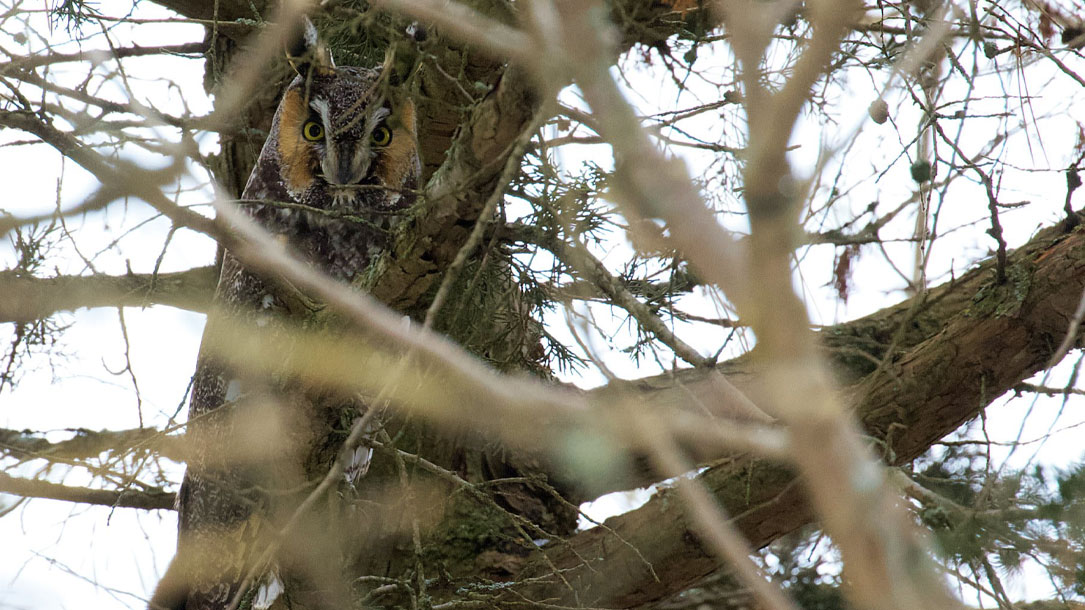
Reflections from Judy, June 2020
I’ve had to push myself these past few weeks to focus on land conservation and climate change in light of what else is going on. Like so many of you, I’ve been reading, learning, and trying to lend my voice for collective change to end racism and discrimination.
One of the articles I found helpful was from the Smithsonian. It’s an extraordinary compilation of videos, podcasts, and websites chronicling the history of anti-black violence and inequality in the United States. It helped open my eyes, relearn what I had known before, and find ways to make real and lasting change.
Using the lens of inequity and the need for justice and fairness could help you think about how you tackle climate change in your region and community, in addition to considering the ecological and agricultural impacts.
Climate change, fossil fuels, housing, and how people experience the impacts of extreme weather is wrapped in inequity. I know that’s nothing new to most land conservationists, but perhaps now, with a renewed focus on the Black Lives Matter movement and racial justice, there may be a faster, broader, and more meaningful desire for change.
If we come together to find ways to act—ways that support humanity both near and far, and the ecological and agricultural places we care about—we will have taken a significant step in our pledge to conserve land and water for generations.
Leah Thomas recently wrote, “Environmentalists are familiar with discussing endangered species and conservation, but less familiar with advocating for black and brown lives; however, we can change this. We can become intersectional environmentalists by understanding the ways these issues are linked. Regardless of how disconnected from nature we’ve grown, we aren’t separate from it. And I question whether environmentalism can be truly effective if it continues to ignore those that are most vulnerable in our ecosystem and society.”
Now, with a renewed focus on the need for sustained racial and economic justice, there is a chance to embrace climate action, community conservation, and conservation in general as part of the solution. To do so must be a sustained effort built on trust and listening. We need to be authentic. We have to “own this”; we can’t treat it like a trend.
What gives me hope on days when it feels so hopeless is that I know you’re there with me. Thank you for that. Together, we will be the change we wish to see.

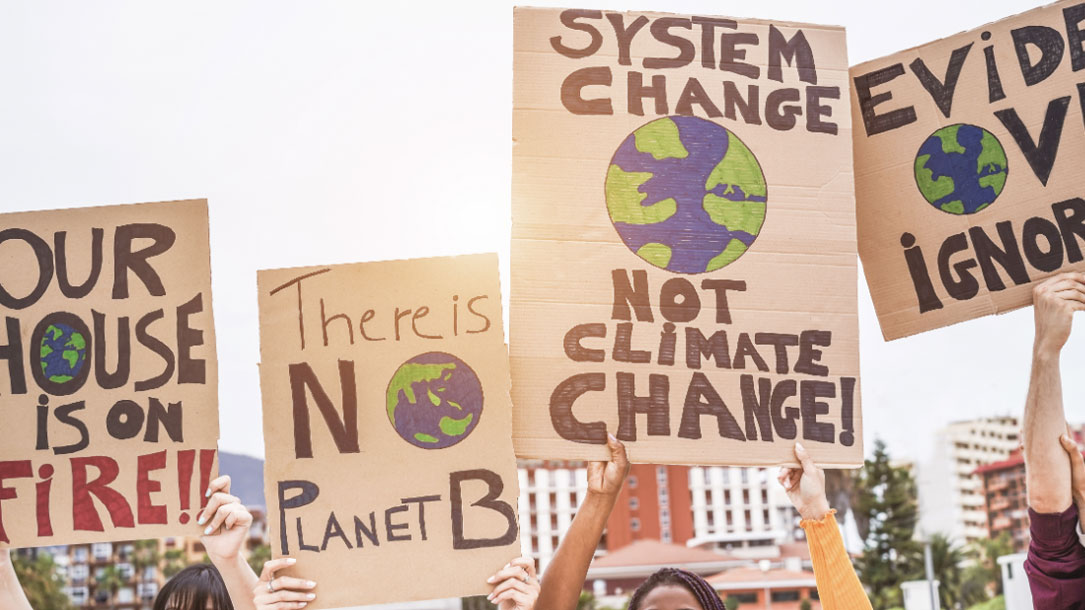
Reflections for land trusts, June 2020
This week has been a difficult week and today is another sad, and challenging, day. In the face of escalating violence against people of color and those responding with a call for change, I trust you stand with me in our fight against racism. It isn’t enough to be against racism, you must be actively anti-racist. It must be authentic, heartfelt, and sustained.
Ayana Elizabeth Johnson quotes Toni Morrison in a poignant article for the Washington Post, entitled “I’m a black climate expert. Racism derails our efforts to save the planet.”
‘The very serious function of racism…is distraction. It keeps you from doing your work. It keeps you explaining, over and over again, your reason for being.’
Johnson goes on to say, “As a marine biologist and policy nerd, building community around climate solutions is my life’s work. But I’m also a black person in the United States of America. I work on one existential crisis, but these days I can’t concentrate because of another.
People of color disproportionately bear climate impacts, from storms to heatwaves to pollution. Fossil-fueled power plants and refineries are disproportionately located in black neighborhoods, leading to poor air quality and putting people at higher risk for coronavirus…Look, I would love to ignore racism and focus all my attention on climate. But I can’t. Because I am human. And I’m black. And ignoring racism won’t make it go away…”
To quote Rebecca Ruiz, in her article “6 ways to be antiracist, because being ‘not racist’ isn’t enough“:
“One cannot strive to be antiracist without action, and Kendi says that one way to act is by supporting organizations in your community that are fighting policies that create racial disparities. You can volunteer for or fund those organizations. Kendi also recommends using one’s power or getting into a position of power to change racist policies in any setting where they exist—school, work, government, and so on. The point is to commit to some form of action that has the potential to change racist policies.”
I’ve always defined inclusive conservation as working to bring more people to conservation, and more conservation to more people, in a way that is meaningful to them. It’s conservation that brings people’s voices together and elevates a shared sense of community, including those who are often left out or excluded.
Climate change is the same. Slowing down, and adapting to, climate change must also mean committing to see the big picture and recognize the often outsized impact that extreme weather and fossil fuel production places on marginalized people and communities.
Climate change, and our commitment to humanity and the places and communities we love, requires taking action. Personally and as organizations.
We need you to stand and lead, more than ever. It’s not easy. It’s exhausting. It can feel risky. But the alternative is unacceptable.
I appreciate it more than ever.
Best,


Reflections from Judy, May 2020
I don’t know about you, but spring feels more welcome than ever this year.
We’ve been blessed with an unusual variety of birds at our feeders, and although we have directly experienced the whacko jet stream (and the frosts), most of the garden has survived.
With the Covid-19 virus still forefront in most of our minds, talking about climate change might seem odd. But it can be done. You just have to meet people “where they are,” and provide stories that show positive change.
The key is to relate these stories (see below) to what is happening locally, and what you and/or your land trust are doing to address climate change.
That can be as simple as reposting one of the articles below with a bit of pre-text. Or, it might mean helping the conservationists in your community rethink the importance, and impact, of renewables.
Collecting your own climate stories will be helpful as well—those in which your land trust isn’t calling the shots, but rather helping to elevate the observations and actions of others who people can relate to, and trust.
That might mean farmers, ranchers, landowners who have lived in your community for generations, fire chiefs, Scout leaders, doctors, and game wardens. People who make up the fabric of your community.
Climate change messaging and engagement is based on connecting—and connecting with a purpose.
I’ve selected a variety of articles to help you share your love of place and the changes you know we need, with those you care about.
Just one note of caution. Please don’t oversell the natural climate solutions and therefore make people think that energy conservation, and renewable energy, aren’t as critical as we know they are. We need all three. In a big way. And land conservationists can help people realize that it will take all three to make a difference.
Let me know what you think. Thanks for all you are doing to help conserve the lands and waters we love—and slow down climate change.

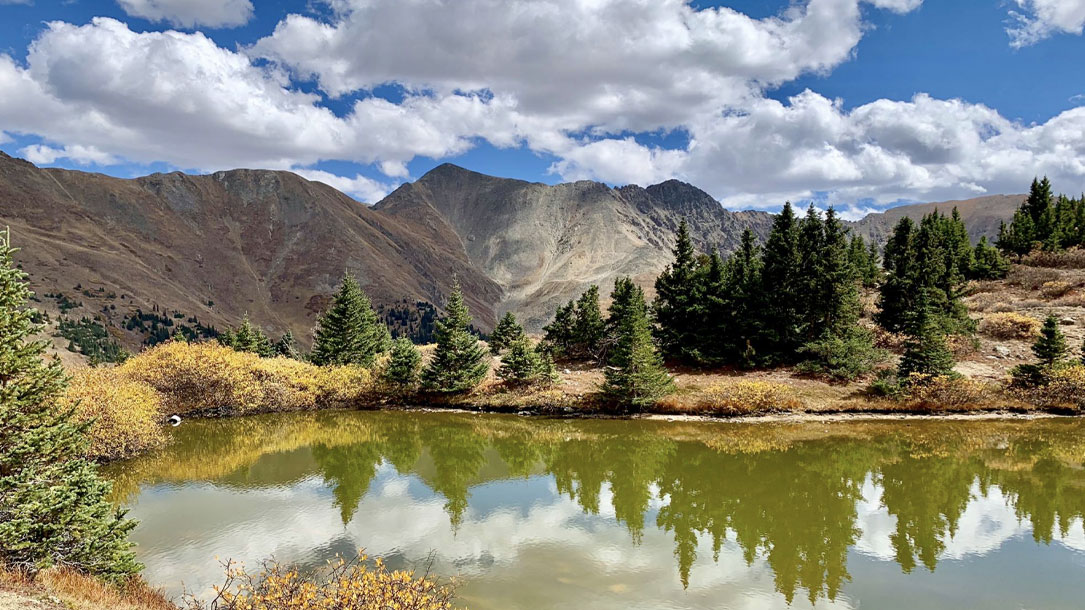
Reflections for land trusts, May 2020
I hope you are doing okay as we grapple with the Covid-19 crisis. I’ve spent some time gardening, finding a sense of renewed hope by planting things on beautiful spring days.
Here in our county, in upstate New York, our Covid cases continue to rise. We are far from out of the woods, and I know it’s a challenging time for all of us.
I bet you’ve noticed that people are looking for images of beautiful landscapes, a sense of calm, humor, hopeful stories, and ways to connect with others who care. Stories about music bringing compassion to patients on ventilators.
Stories of special places being conserved to save the lands people love—and now need—as never before.
These lands have become our sanity, our refuge and sense of community, and the places where we can share in the little things of life.
Yet they are increasingly threatened by climate change.
Despite the news stories of a smog-free Los Angeles, or the once-again-visible Himalayas because of reduced pollution, the lands that we love need us more than ever. And it’s OK for you to share stories now about climate change that emphasize solutions; people need to see positive change. I just wouldn’t be posting stories about “silver linings” that come at the cost of people’s lives.
There is an opportunity, however. We have an opportunity as conservationists to help focus on energy conservation, clean energy, and land as part of the climate solution as we pull out of the Covid-19 crisis. Your land trust can lobby for energy incentives just like it can lobby for land protection funding. Why is that? Because climate change is going to make or break your land protection work; it is core to your land trust’s mission.
You and your local land trust are key to those climate change solutions—scaled to a level to authentically make a difference in the next 10–12 years.
Just like so many on the frontlines of the pandemic, we can’t afford to think rigidly. We must be creative. We have to recognize that land conservation and land management are central parts of the solution (we hope 21% here in the U.S.) but that without energy conservation and renewables, we will lose what we love.
Together, we can help people and communities become more resilient—and more hopeful—just when we need it most. Land conservationists are leaders and problem solvers. We can multitask and understand nuances.
This climate challenge is made for us. That’s why I’m leaning on you now.
Best,

P.S. If you have heard about the film Planet of the Humans, please be aware of how much misinformation is being conveyed. It’s alarming that when we need to come together and save the land and water, by reducing climate change, a film would come out that is so factually skewed and outdated. The fossil fuel folks are loving it. The climate scientists and climate/conservationists are trying to sound the alarm and convey the truth.
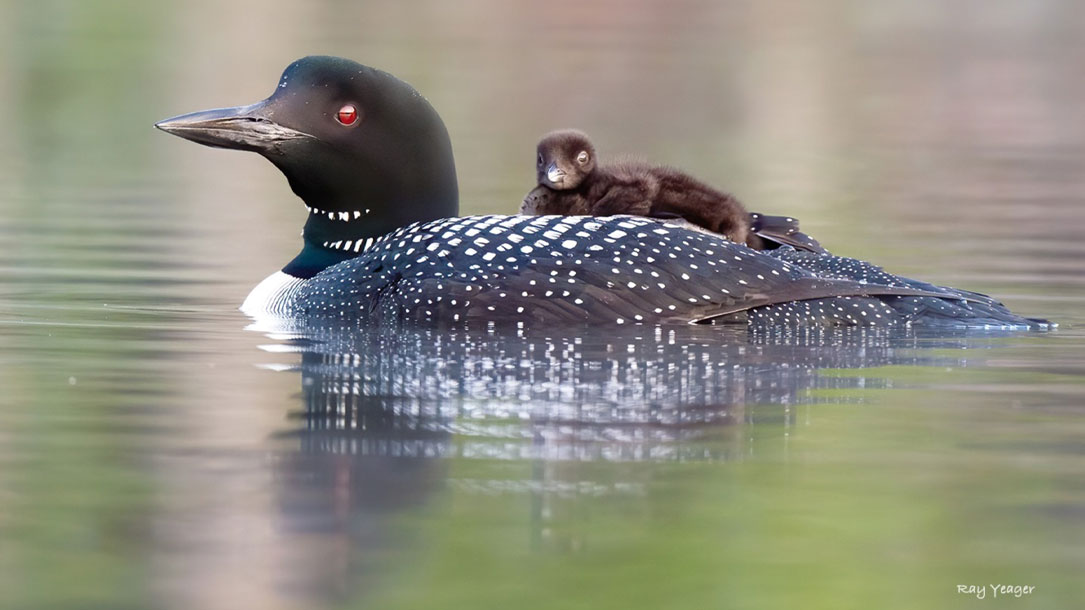
Reflections from Judy, April 2020
I hope you are doing okay. I know how trying this is—and my heart goes out to all of those who are facing the virus firsthand.
Like you, I am “sheltering in place” and going for walks. I feel blessed that I can take those walks which, once again, clarifies the need to create more opportunities for people to experience nature, and the outdoors, close to home (even in rural areas).
Several years ago I spontaneously wrote this poem, when I was up in Maine, and I’ve been thinking about it a lot over the past month:
I go to the quiet place, the place where the fern grows and the wind is damp
Where the moss is soft and the light glows
I go to the ocean, the marsh, the meadow, and the woods.
I go to breath. And to absorb.
We need these places for our sanity, our sense of belonging, and our community. In times of disruption, the farms, trails, woodlands, and sounds of spring provide us with a foundation from which to ground ourselves. And sometimes it’s just too much.
That’s why I’ve been waiting to send out my twice-monthly climate eNews until now. I wanted to give you some time to adjust, if that’s possible.
Climate change is not waiting for us… but we have seen what a difference as little as a month can do to clear air pollution and refresh landscapes.
It’s important to catch our breath. To adjust and absorb this time we are in. To find the emotional space to embrace what we have and what we have lost.
Given all we have been grappling with, and the confusing and unnerving world we now live in with Covid-19, I decided to “hit pause” to let you, and me, settle a bit before we started talking, and thinking about, inspiring action to slow down climate change once again.
The virus has provided me with a chance not to slow down (it’s been crazy busy) but to value what is here, with us, today. I value you. I need to know that there are others out there who are going to breathe deeply and continue to help people connect the dots and prioritize climate solutions while there’s still time.
With Earth Day upon us I believe we must refocus and recommit to inspiring those around us so as to renew their commitment to the lands and communities they love, the places they to go to heal and connect, and the wildlife that depend on us for their survival.
Thanks for caring.

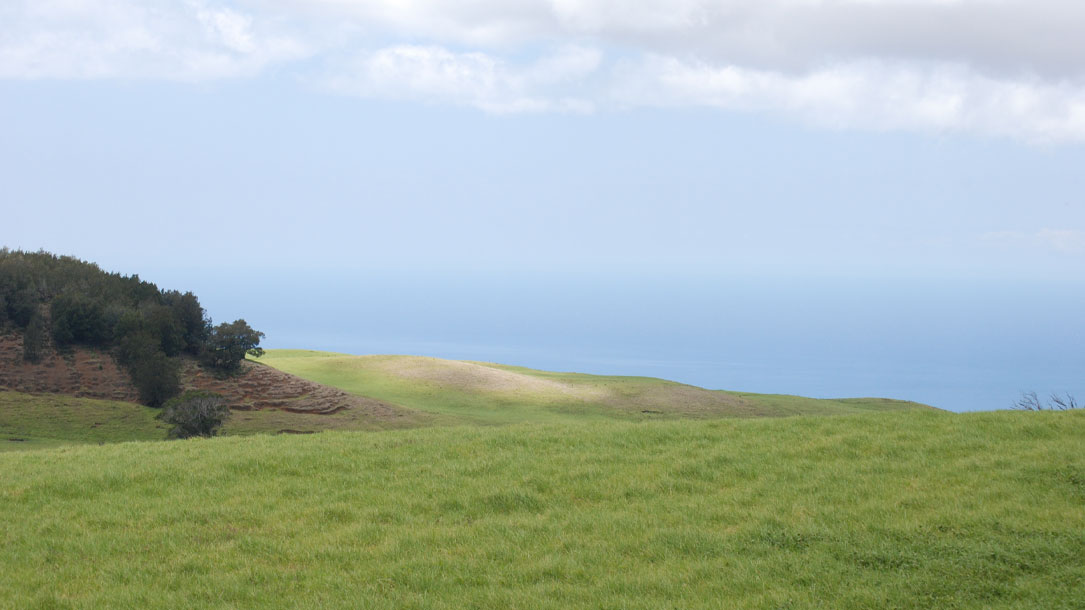
Reflections from Judy, March 2020
This has been a good week to ponder climate change. You probably heard that carbon dioxide levels in the atmosphere recently reached an all-time high.
To quote the article from NOAA: “In fact, the last time the atmospheric CO2 amounts were this high was more than 3 million years ago, when temperature was 2°–3°C (3.6°–5.4°F) higher than during the pre-industrial era, and sea level was 15–25 meters (50–80 feet) higher than today.
Carbon dioxide concentrations are rising mostly because of the fossil fuels that people are burning for energy. Fossil fuels like coal and oil contain carbon that plants pulled out of the atmosphere through photosynthesis over the span of many millions of years; we are returning that carbon to the atmosphere in just a few hundred years.”
Obviously, for those of us who follow science, and believe conservation needs to reflect sound science, this is bad news.
The good news is that land trusts have a unique role to play.
Because of our pledge to protect land and water in perpetuity, there’s often an expectation that we will help do something about this. And many are. They are working on natural climate solutions—as it might contribute as much 21% of the solution if we act quickly.
That leaves 79% of the solution wide open.
Unfortunately, too many places are NIMBY (not in my back yard) about renewables—they don’t like the look, they fear the perceived impact (and don’t compare it to what climate change is doing, and will do), and they don’t think it is compatible with conservation. As a result, they advocate it should only be on rooftops or parking areas…
Poorly designed renewables are bad news, true. But they don’t have to be. Instead, we can help encourage positive installations and help shift the paradigm by explaining that natural climate solutions and renewables are part of the solution to vibrant conservation far more often than not. It’s an opportunity for conservation leadership.

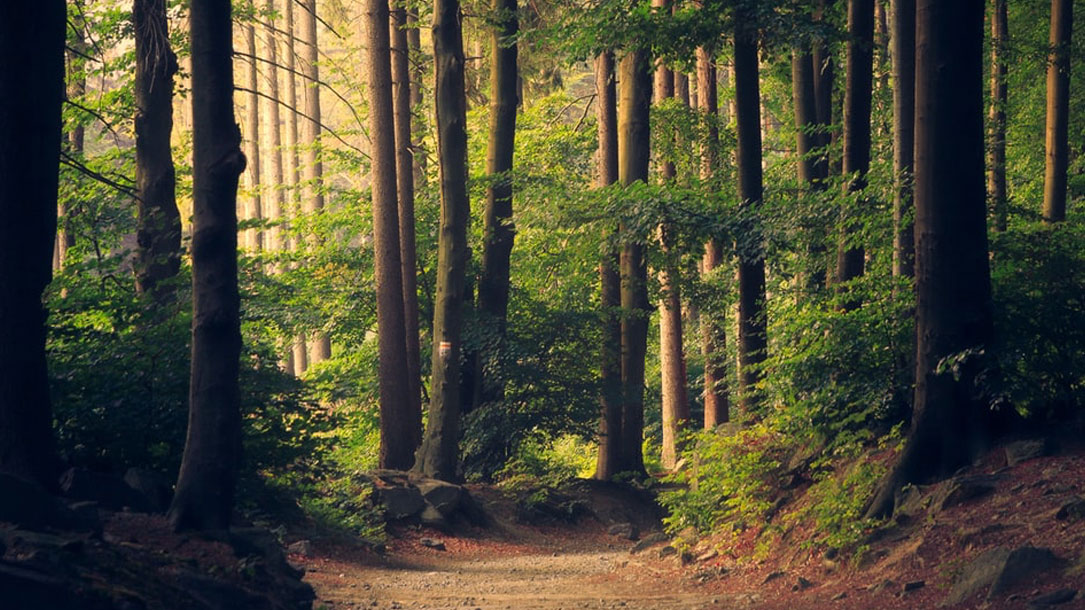
Reflections for land trusts, February 2020
I’m starting to see some momentum out there. Land trusts across the country are hosting conversations about climate change and what can be done about it. They’re focusing on natural climate solutions as well as energy conservation and renewables.
That’s good news given that scientists are racing to figure out why a giant glacier in Antarctica is melting so fast. Add to that the growing evidence that extreme wildfires threaten to turn boreal forests from carbon sinks to carbon sources, and the increasing stress on pollinators, as climate change contributes to widespread declines among bumblebees across continents.
And the urgency to move off of fossil fuels is getting greater. Just yesterday the news broke that we’ve significantly underestimated the methane released from fossil fuels. We can’t afford to shrug that off.
Helping people who care about land, water, history, and a sense of place to understand the urgency, and the causes of climate change, is central to our success as conservationists. That’s why one of the best things land trusts can do is to talk about climate change—and how it’s impacting the places that people know and love.
Yet we have to be solution-based or people will give up.
As with any communication strategy, continued messaging that connects to shared values is critical. That’s why land trusts are including climate change in their publications, social media, and outreach efforts.
They’re featuring articles that infuse climate change into common conservation topics like farming, habitat restoration, and water conservation, to help readers understand that this isn’t a fad—and that the problems and solutions are ongoing in ways they can relate.
But we have to be honest. Let’s make sure folks understand that natural climate solutions are part of the puzzle—and that we are going to need to ramp up energy conservation and renewables if we are going to slow down climate change enough to save what we love.
I’m hoping that your local land trust will find these and other examples inspiring—and start ramping up solutions-based stories of change. In the meantime, thanks again for everything you are doing to slow down climate change. This is a case where we must lead together…because it’s going to take all of us.
Best,

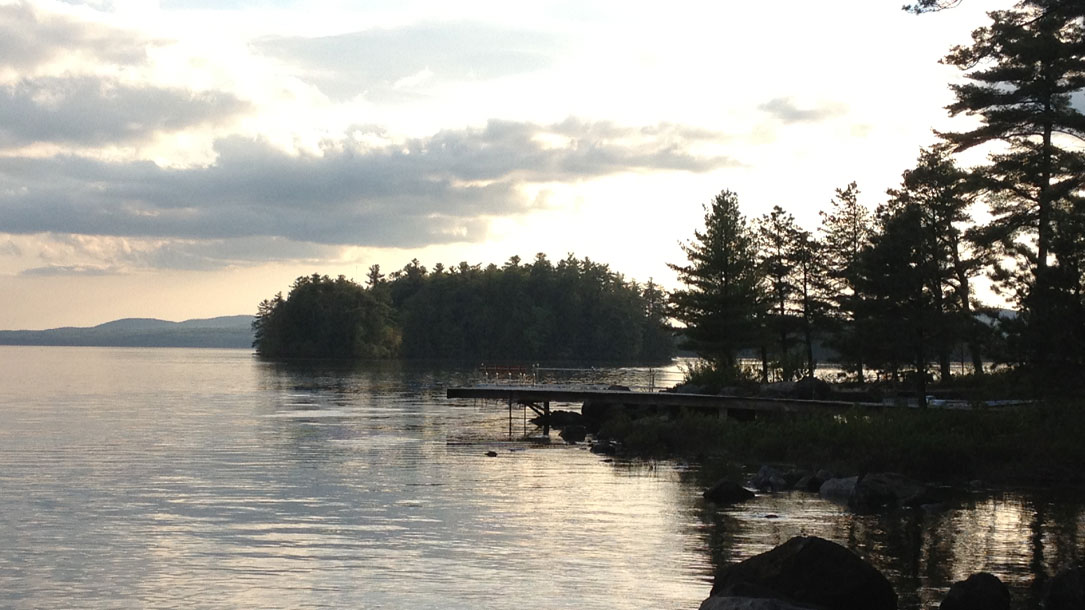
Reflections from Judy, February 2020
It’s been a challenge selecting articles to share with you over the past month. There’s been so much coming out about climate change and its impacts on land, water, and communities that I could send out a newsletter weekly.
(But that might be overwhelming, so I’ll spare you.)
Instead, I’m sharing the following articles with you in the hopes you will find them of interest when you consider how to talk about climate change, the role of natural climate solutions, and the changing role of solar.
I want to acknowledge that I understand when conservation-minded people (maybe you?) get frustrated when they hear me, and others, say how important it is for those of us who care about land, water, and communities to also promote responsible solar, wind, and geothermal—and energy conservation—in addition to land conservation.
The truth of the matter is that natural climate solutions—while critical—won’t be nearly enough (at 21% of the solution).
This point was driven home by recent reports of climate models running “very hot”; causing increased concern that the race to slow down climate change and get off fossil fuels isn’t going nearly fast enough to save what we love.
That means people like you can help others who care about land conservation understand why it’s important to get the communities where we live to ramp up renewables.
It’s a paradigm shift for many. I know. Together we can find ways to ensure that renewables are thoughtfully designed and compatible with the natural landscape at a pace that will save the very essence of what matters.
Australia is still burning. The oceans are acidifying. Farmers are going bankrupt from flooding damage. Birds are dying. The glaciers are melting faster than expected…
The climate is shifting… fast, and too much is at stake not to shift and adapt our approach. That’s why I appreciate your partnership. We need each other as never before.
Best wishes,













